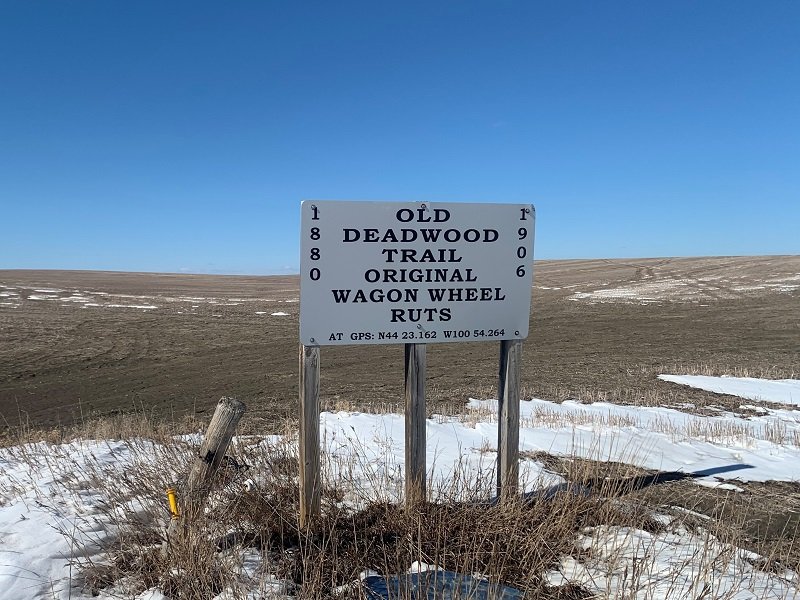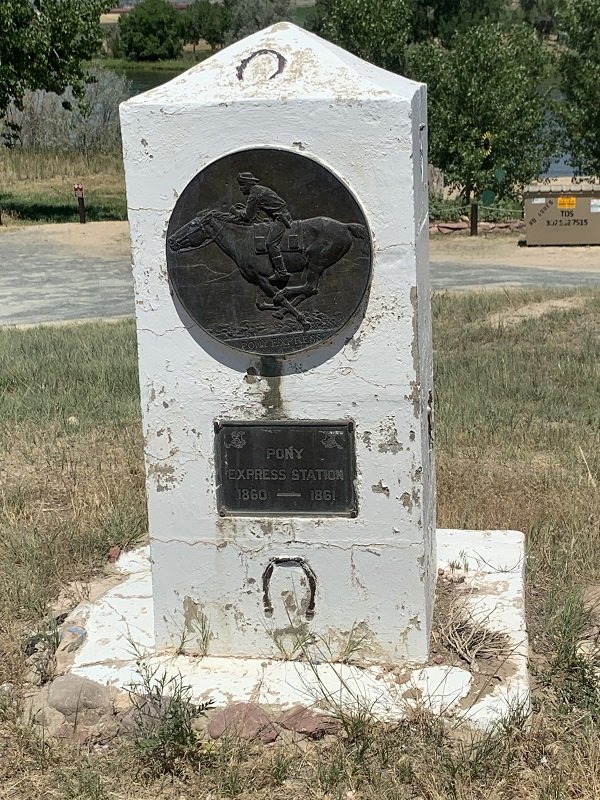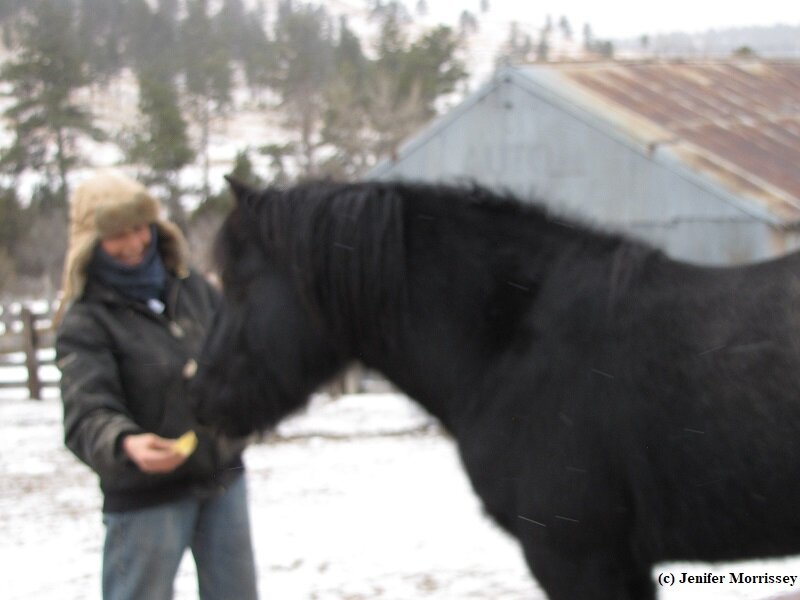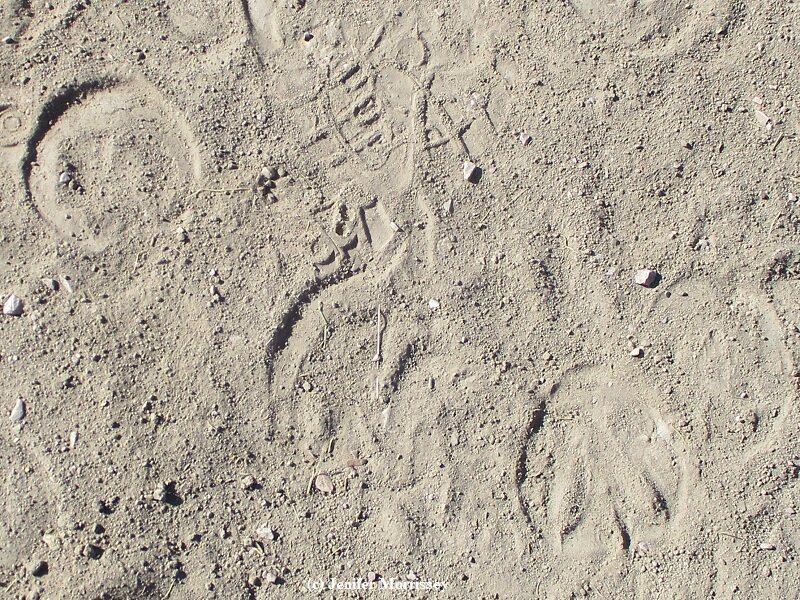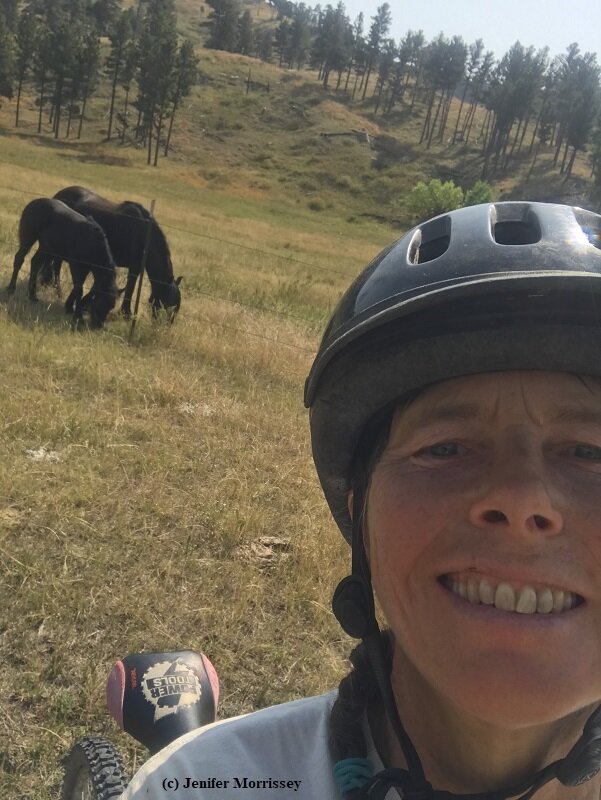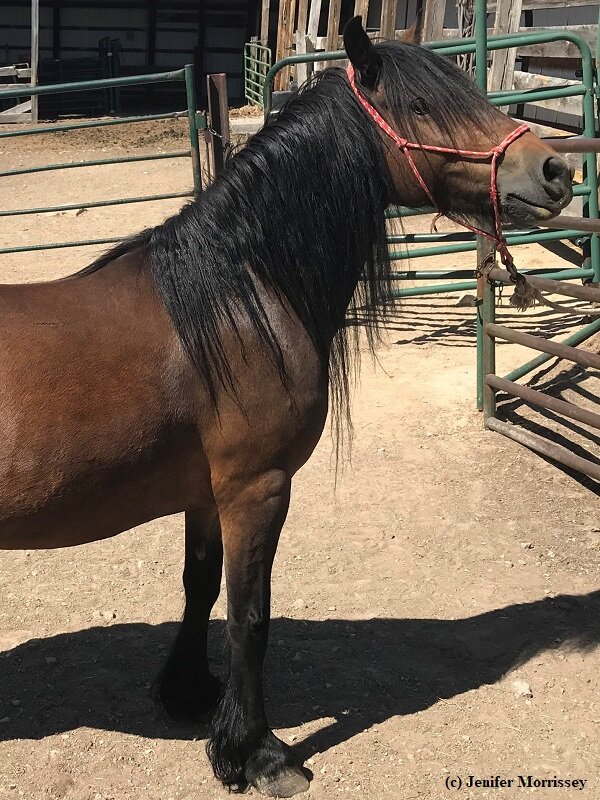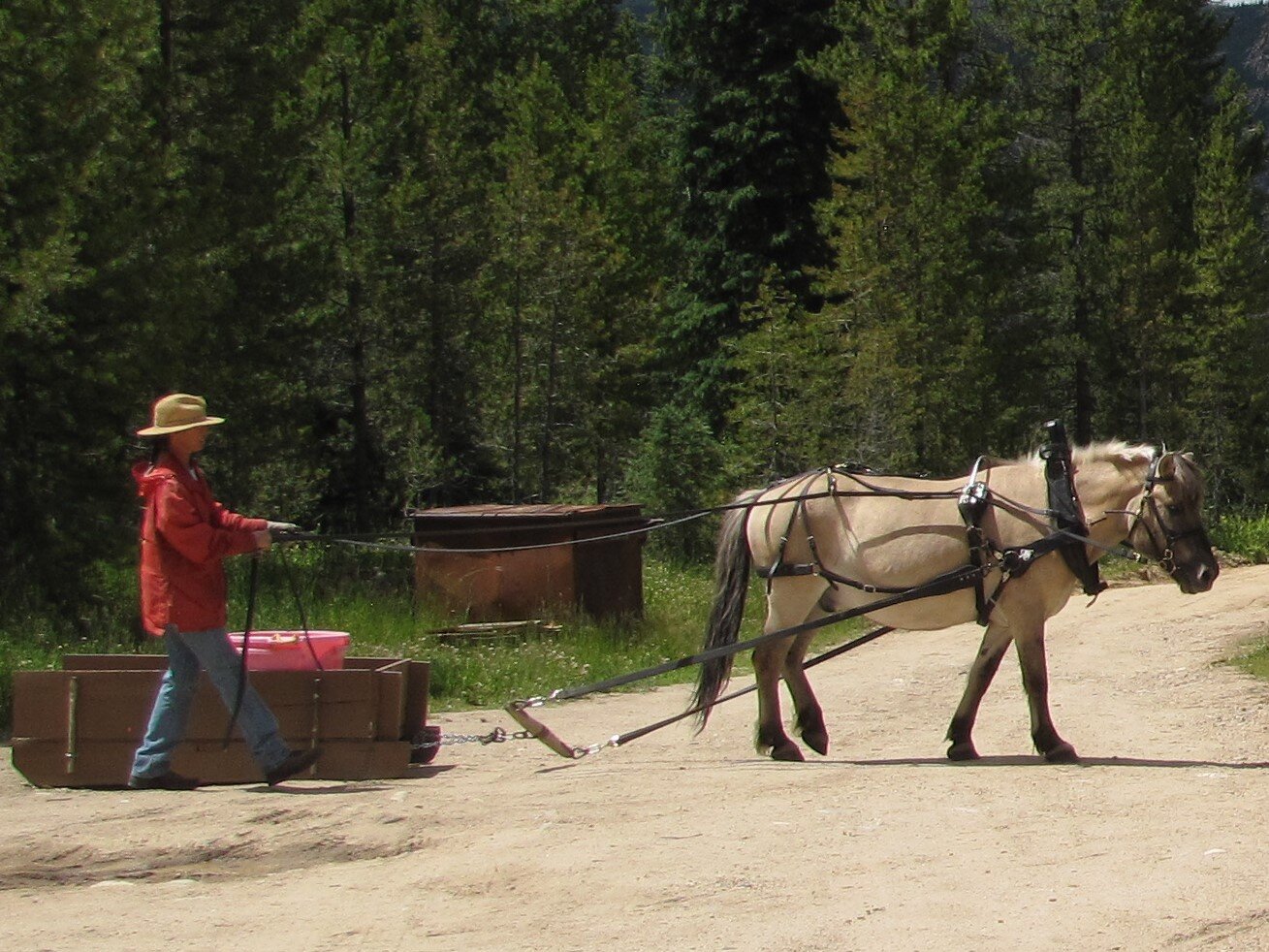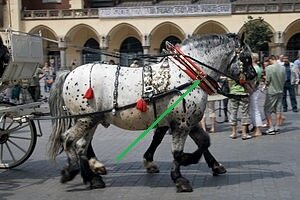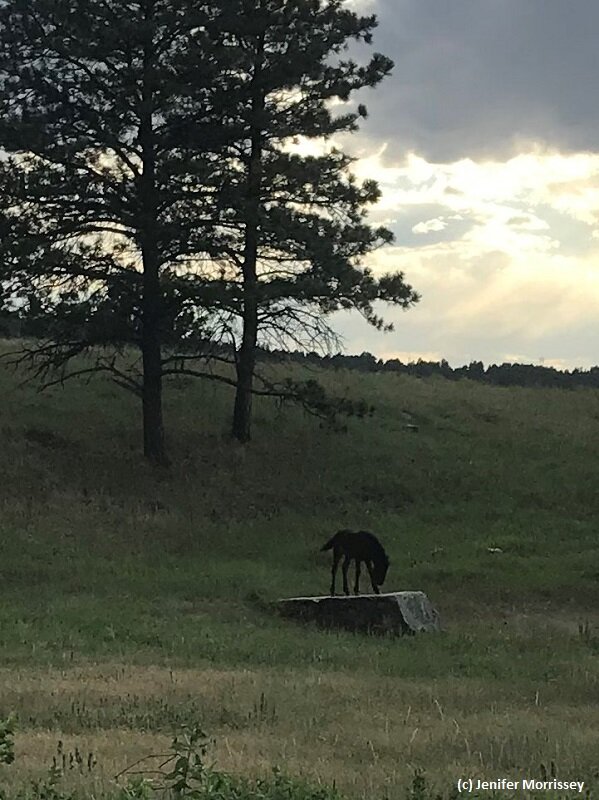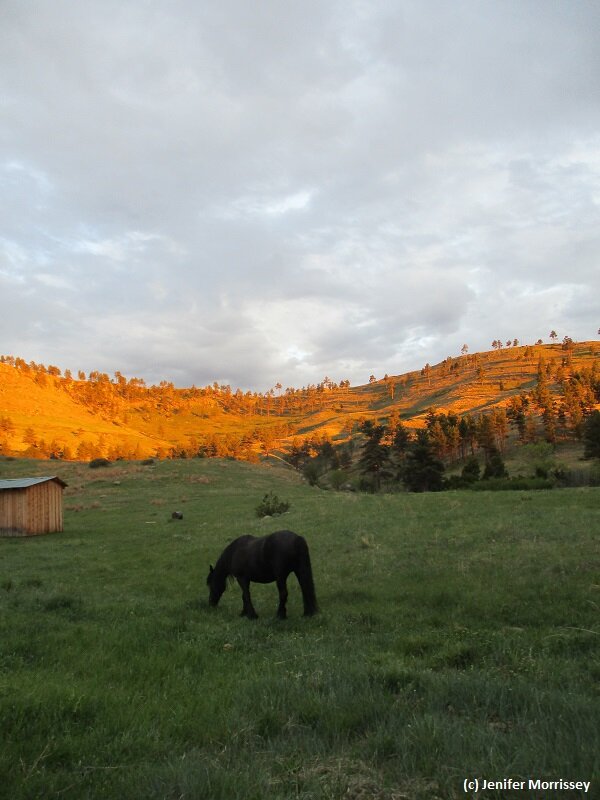I originally wrote this article about George Washington’s horsemanship in 2013 for my publication The Partnered Pony Inquirer. I decided to share it again here because of recent developments in the life of Willowtrail Rory, my 2022 bay Fell Pony gelding. Rory has now gone to his new home, and he has as his best equine friend an American Mammoth Jack that is the same age named Noah. George Washington, before he became the first president of the United States, was involved in the development of the American Mammoth Jackstock breed. His interest was in creating an American donkey breed that could be used to produce strong working mules.
Six month old friends Noah (American Mammoth Jackstock) and Willowtrail Rory (Fell Pony). Courtesy Abby Joseph
I have visited Mount Vernon, George Washington’s estate in Virginia, on a couple of occasions, and I have always enjoyed my time there. I was pleasantly surprised, then, when I learned that Mount Vernon is a member of The Livestock Conservancy and keeps heritage breeds of livestock.
Mount Vernon courtesy Tom Simpson
Young mules at Mount Vernon in 2004. Courtesy Tom Simpson
According to the Mount Vernon website, “Few mules existed in the early United States. Those that were available were of poor breeding as a result of the inferior quality and scarcity of jacks as well as jennets in the country. Washington believed that robustly bred mules would revolutionize agricultural work and transportation by improving the overall labor efficiency involved with these tasks, given its superior aptitudes and smaller food consumption than other beasts of burden.” (1)
* * * *
The connection between George Washington and horsemanship crossed my desk twice in rapid succession, and I’ve learned to pay attention to those sorts of synchronicities. I am indeed referring to the first President of the United States and a Revolutionary War hero. The first time the connection crossed my desk was when I was writing an article on the Montana Draft Teamsters Hall of Fame for Rural Heritage magazine (click here if you’d like to read that article). One of the teamsters I featured in the article was Tom Triplett who comes from a long line of remarkable horsemen. Back in Tom’s line was an ancestor who was a neighbor of George Washington who trained driving horses for him. (Washington apparently trained all his own riding horses.)
The first time I visited Mount Vernon, I remember seeing a mule in the stables at that time. George Washington is credited with introducing mules to American agriculture. Here is what the Mount Vernon website has to say about Washington’s horsemanship:
Thomas Jefferson once referred to George Washington as "the best horseman of his age, and the most graceful figure that could be seen on horseback." This assertion was supported by Washington's friend, the Marquis de Chastellux, a French national who came to know Washington during the Revolution. Chastellux observed that Washington "is a very excellent and bold horseman, leaping the highest fences, and going extremely quick, without standing upon his stirrups, bearing on the bridle, or letting his horse run wild."(2)
There is a further discussion on the Mount Vernon website about Nelson, the horse Washington rode during part of the Revolutionary War. Washington apparently preferred Nelson to his other horses because Nelson wasn’t as bothered by cannon fire. Washington named Nelson for the friend who gave the horse to him. Nelson was retired to Mount Vernon after the war, and the website states:
Washington's affection for the horse was reciprocated. It was reported that George Washington would walk around the grounds of the estate, where he would stop at Nelson's paddock, "when the old war-horse would run, neighing, to the fence, proud to be caressed by the great master's hands." (3)
The second connection between George Washington and horsemanship came when I learned that Linda Kohanov, author of The Tao of Equus, is working on a new book. In the course of her research Kohanov discovered, as I’ve described above, that George Washington was an accomplished and respected horseman. Her book apparently asserts that great leaders in history were also often great horsemen and women (her list includes Alexander the Great, the Buddha, Genghis Khan, Joan of Arc, Queen Elizabeth I, George Washington, Andrew Jackson, Winston Churchill, Teddy Roosevelt, Queen Elizabeth II, and Ronald Reagan.) She then makes a convincing case that great horsemanship requires the same skills that great leadership does.
These references to George Washington and horsemanship inspired me to go looking on the internet for images of Washington on horseback. What I found really caught my attention. I’ll tell you why after you’ve had the opportunity to view the images I found. Here are links:
Washington 1, click here
Washington 2, click here
Washington 3, click here
Washington 4, click here
Washington 5, click here
Washington 6, click here (somewhat of an exception)
Did anything strike you about those first five paintings of General Washington? I think I expected to see images more like this one (click here), where the horses were tense and perhaps even terrified. In those first five paintings, though, what I saw was that every horse looked relatively relaxed and comfortable with its rider and its situation. The sixth portrait was somewhat of an exception; the horse wasn’t relaxed but still didn’t look uncomfortable. Of course, in most cases we’re dealing with artists depicting Washington on horseback after Washington’s death when they would likely have been acquainted with his reputation as a horseman. In addition, the artists would have been well-acquainted with horses themselves, so they knew how to portray them as relaxed and comfortable with their rider if they wanted to..
When I was originally researching this article, I came across a brief review of the book Washington's Crossing by David Hackett Fischer on ranchers.net. The link is broken now, but I kept a copy of the review because it was focused on Washington’s horsemanship. According to the reviewer, the book “…describes what a great horseman General Washington was, the fact that he'd been born quite sickly and to strengthen himself he walked 3 miles a day and rode horses incessantly. He was quite impressive on horseback and sat ‘quiet’ with his muscular legs extended on long leathers and toes pointed down. One observer said he and his horse moved fluently and he was the most graceful a man could be on horseback.”
The reviewer then included this excerpt from the book about a stormy icy night when Washington had his troops cross the Delaware River to attack the Hessians. “They then had to struggle with artillery down steep iced slopes. Washington rode up and down the column urging his men forward. Suddenly the general's horse slipped and started to fall on a steep and icy slope. ‘While passing a slanting slippery bank,’ Lieutenant Bostwick remembered, ‘his excellency's horse's hind feet both slipped from under him.’ The animal began to go down. Elisha Bostwick watched in fascination as Washington locked his fingers in the animal's mane and hauled up its heavy head by brute force. He shifted its balance backward just enough to allow the horse to regain its footing on the treacherous road. Bostwick wrote that the general ‘seized his horse’s mane and the horse recovered.’ It was an extraordinary feat of strength, skill and timing and another reason why his soldiers stood in awe of this man.”
Doing further research I discovered that the mounts of many military leaders look comfortable with their rider. Here’s a link to a site showing many of the mounted military horse statues in Washington, D.C. (click here ). Notably, the statue of Washington shows a horse much less relaxed than all the horses in the paintings. To see a statue of Washington more in line with the paintings, click here:
You might also be interested in these images of Queen Elizabeth I whom Kohanov additionally cites as an accomplish horsewoman and leader:
Queen Elizabeth I : click here and here and here.
Why might all of this be of interest to those of us partnering with ponies? I have come to believe that the ability to read a pony’s body language is key to being a good partner for them. Some of our ponies are so mellow that we think they can handle anything, and then we’re surprised when they spook or bite or rear or run off. I learned early in my natural horsemanship studies that horses usually give us several signs about how they’re feeling. We tend to notice the third or fourth or fifth sign, because those signs are increasingly obvious. Learning to perceive the earlier, more subtle signs makes us a better partner and a better horseman or woman. The flick of an ear, the swish of a tail, tenseness in jaw or neck, eyes distant or fixed on something – these are all examples of communication that we need to learn to read to be the best partner for our ponies that we can be. Looking at artists’ renderings of accomplished horsemen and women and focusing on the equine in the art is one way we can practice discerning the state of mind of an equine from its body language.
https://www.mountvernon.org/library/digitalhistory/digital-encyclopedia/article/royal-gift-donkey/
http://www.mountvernon.org/educational-resources/encyclopedia/nelson
Same as #1
© Jenifer Morrissey, 2022
There are more stories like this one in my book The Partnered Pony: What’s Possible, Practical, and Possible with Small Equines, available internationally by clicking here or on the book cover.

















